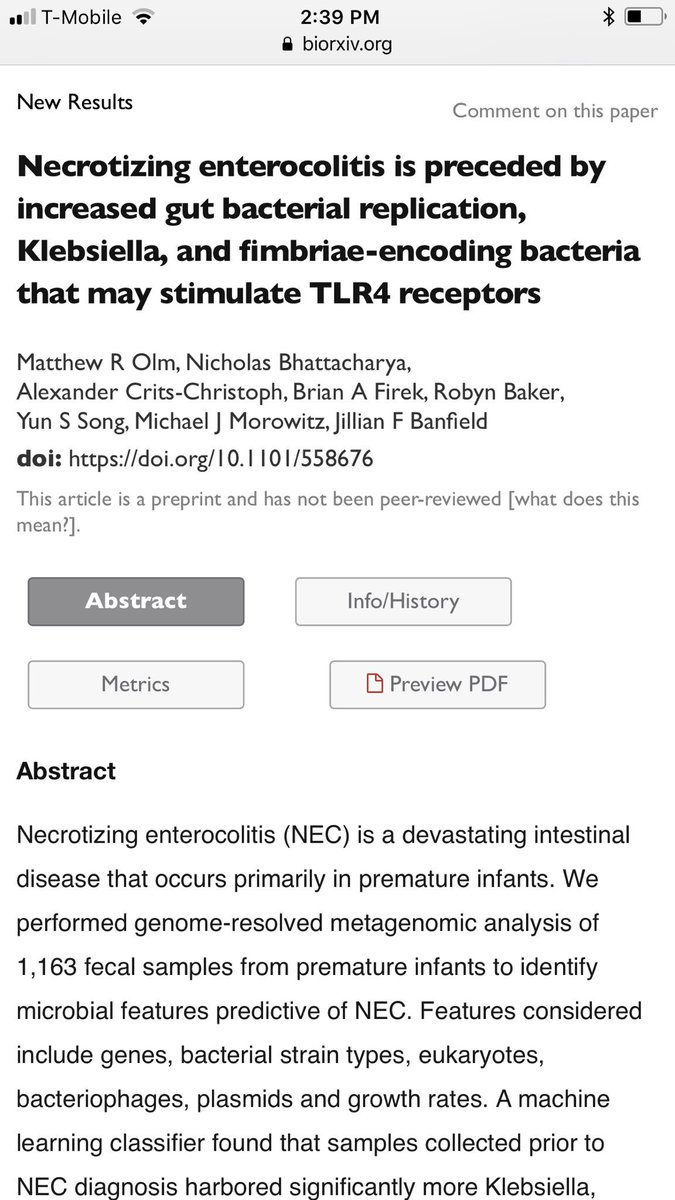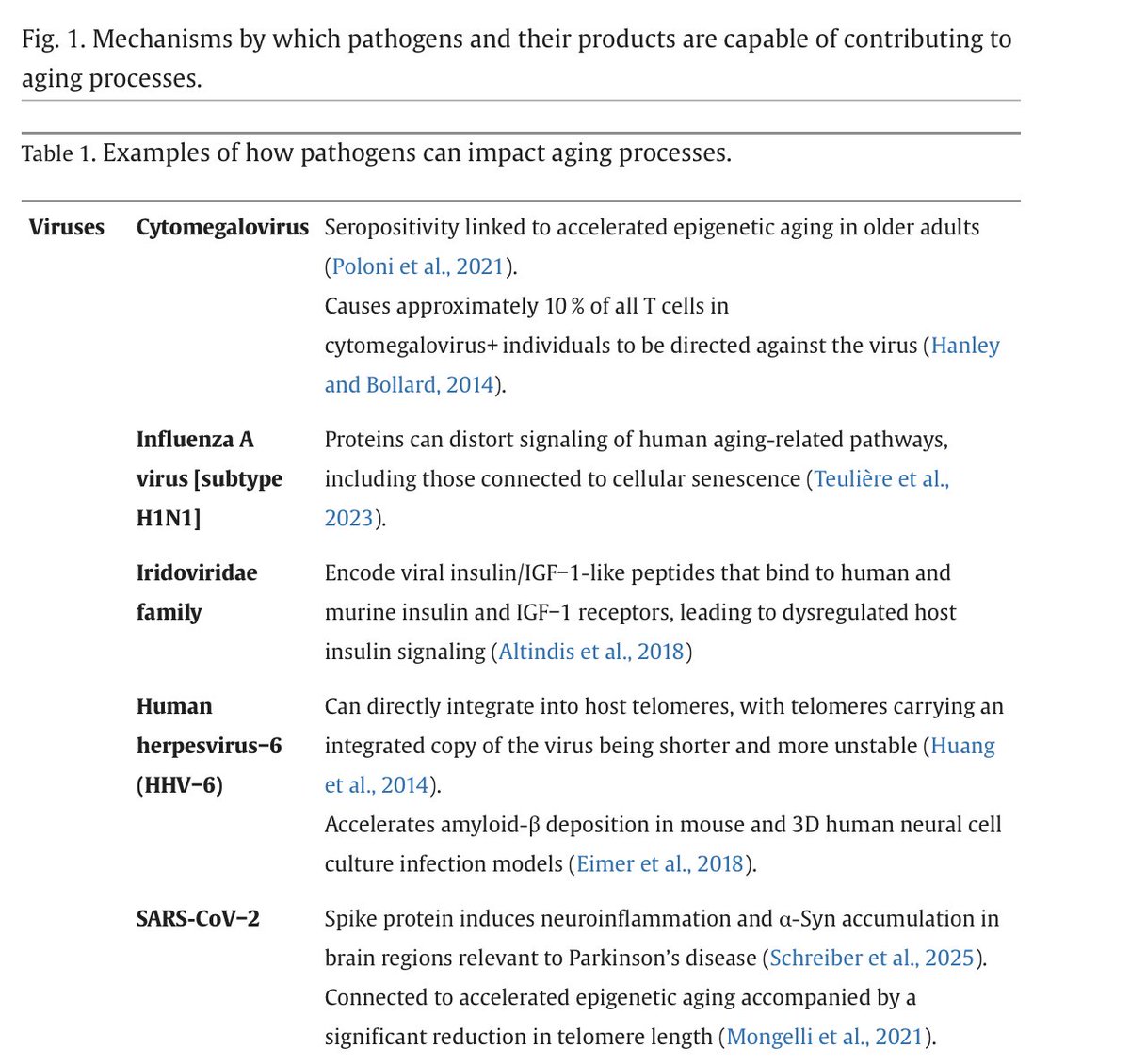This team successfully identified key factors driving a complex multifactorial disease tied to persistent #infection! (necrotizing colitis)👉 They used a combo of genome-resolved #metagenomics + machine learning approaches to identify #microbial features predictive of the illness
https://twitter.com/BanfieldLab/status/1100111370077450240
Features considered included genes, #bacterial strain types, eukaryotes, bacteriophages, plasmids + growth rates 👉 ...which allowed the team to “uncover #biomarkers that could lead to early detection of necrotizing enterocolitis and targets for #microbiome-based therapeutics.” 



Important consideration from study👉 “Bioinformatics techniques can also infer in situ bacterial replication rates directly from #metagenomic data, an important metric, as some #microbiome-related diseases have a signal related to bacterial replication but not relative abundance”
• • •
Missing some Tweet in this thread? You can try to
force a refresh








